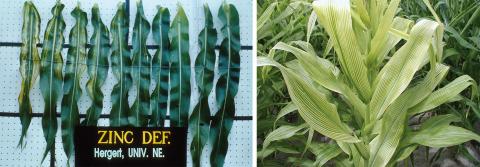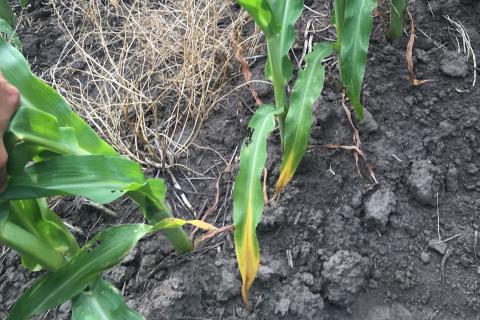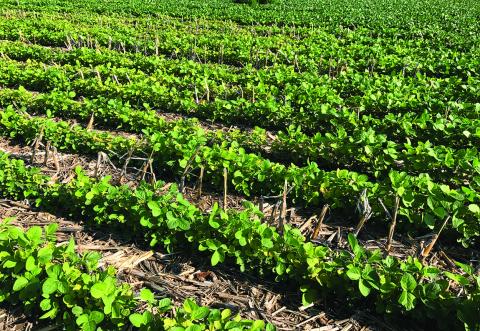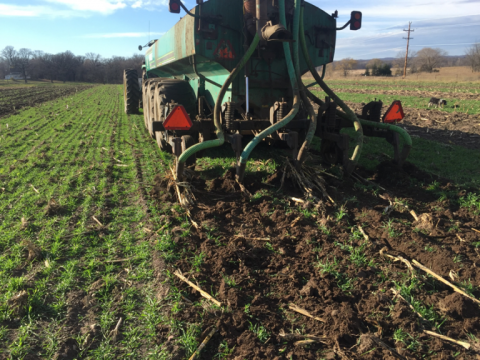Newly Revised NebGuide: Micronutrient Management in Nebraska
April 24, 2018
A new NebGuide, Micronutrient Management in Nebraska, addresses issues of micronutrient fertilizer use with a focus on zinc and iron; other sections include micronutrient availability in soils, plant sampling, iron chlorosis, and micronutrient toxicities.
Nitrogen Fertilizer Stabilizers in Corn
April 19, 2018
Understanding how the three types of nitrogen stabilizers work can be helpful in deciding whether to add one to your spring application. Short- and long-term studies in Nebraska offer insight into how they performed across multiple years. Now, if you only knew how many inches of rain you'd get the first six weeks after application.
What's New with Micronutrients?
April 10, 2018
Micronutrients are in the spotlight these days with new biological products coming to market. This update looks at micronutrient research updates, including which nutrients are likely to enhance profit and how results can differ among different soil tests.
What's New with S Fertilizer Use?
April 5, 2018
When is applying sulfur likely to be profitable and when is it cutting into your potential profit? This brief shares information from more than 100 university trials verifying current university recommendations.
What’s New with K Fertilizer Use?
April 5, 2018
Three studies with a total of 50 trials applying K at various rates to corn verified that the likelihood of a profitable response is very low if the soil test level is above 125 ppm.
What’s New with P Fertilizer Use?
April 5, 2018
Studies conducted at three sites over six years with varying levels of phosphorus (P) applications indicate when a P application may be profitable.
Alternative Nutrient Supply Products: Highlights of On-Farm Research Results
April 5, 2018
Are you considering using a new soil nutrient product this season? Learn what farmers learned from these nine studies of alternative nutrient supply products and practices, conducted as part of the Nebraska On-farm Research Network (NOFRN) in 2017.
Research Updates
April 4, 2018
Briefs on university crop research, this week featuring flame weeding research in northeast Nebraska and the effects of liquid manure injection into a winter rye cover crop as tested in on-farm trials in Minnesota.



